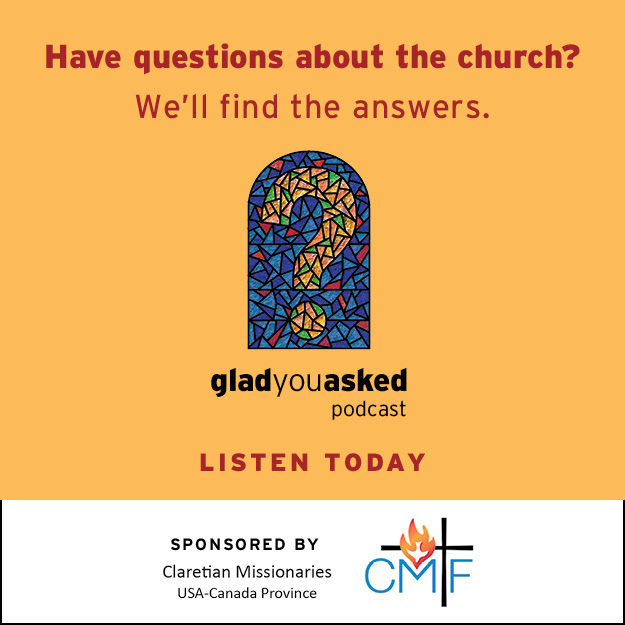Molly Worthen, a professor of history at the University of North Carolina in Chapel Hill, suggests that the growing phenomenon of those who check "none" in the "religious affiliation" box on their census form really aren't all that unusual, historically speaking. Even at the height of medieval Christendom and into the Reformation, "nones" were a feature in the religous landscape: "In 1584, census takers in Antwerp discovered that the city had a larger proportion of 'nones' than 21st-century America," writes Worthen in The New York Times, "a full third of residents claimed no religious affiliation."
Worthen argues, contrary to many who think America's founders were churchgoing regulars, that the United States has long been a nation of the unaffiliated–or at least largely unorganized. "Rates of church attendance have never been as sterling as the Christian Right’s fable of national decline suggests," Worthen claims, "Before the Civil War, regular attendance probably never exceeded 30 percent, rising to a high of 40 percent around 1965 and declining to under 30 percent in recent years." In other words, religious practice in the U.S. is more or less returning to the mean, though that does mean that religious institutions can expect to see a decline in their influence.
There will be pain involved in that kind of diminishment–today's Chicago Tribune features a historic church ready for the wrecking ball because it would take $12 million to restore it–but it is also an opportunity. As Methodist-Mennonite-Catholic-ish theologian Stanley Hauerwas was quoted in the Times, "I like the fact that we’re getting more ‘nones’ because it helps Christians realize that they’re different." Answering the question of how we are different seems to be the important task nowadays. For a couple of generations, especially for many Catholics, both a social and religious "club"; now people have plenty of other clubs to join.
To put it more succinctly, the time has long passed for believers to ask simply: What's the church for? There are probably lots of good answers, but pursuing them to their conclusion will likely mean fewer historic but financially unsustainable buildings.










